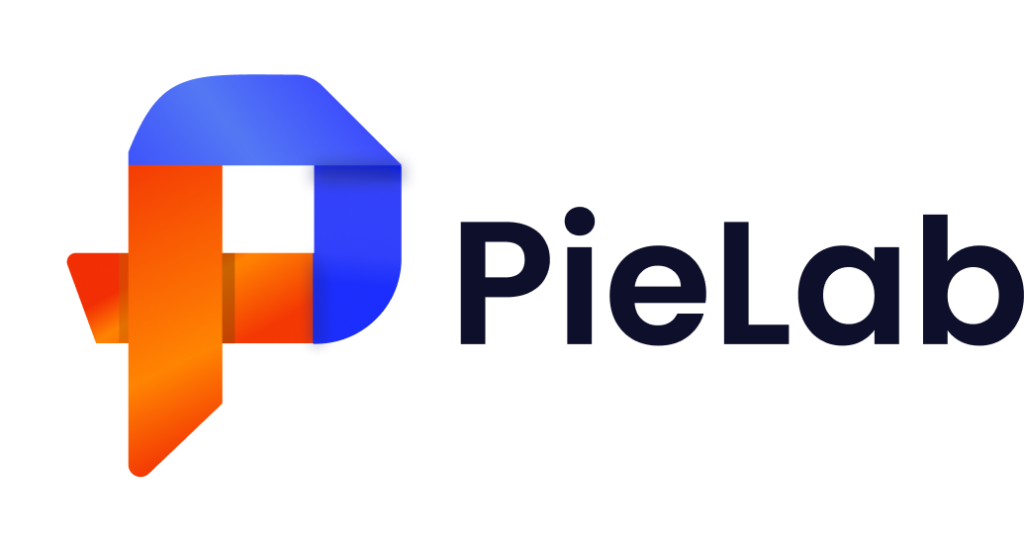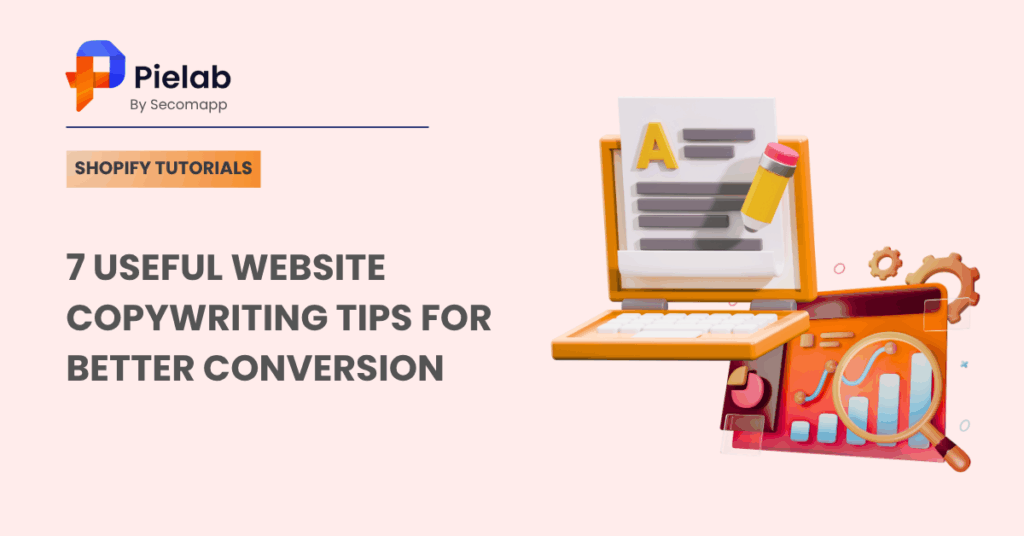As a business owner, you have put up content on your site to attract buyers but you barely got traffic or sales? Let’s switch up the content game for your site with website copywriting. Website copywriting is one of the most essential elements for online business success. A compelling and well-structured content from website copywriting. can significantly improve user engagement and drive conversion. This article explores seven practical tips supported by proven models to help you improve your web content as well as giving your conversion rate a boost.
Website Copywriting Tip #1: Know What Your Audience Want
The first step of effective website copywriting is to understand your target audience and what they are looking for. Before planning and writing an article, you need to know who is going to read the content: their demographics, psychographics, pain points, and goals. This allows you to create a message that resonates.
A model you can consider using is the Buyer Persona Framework. This model encourages content creators to develop semi-fictional representations of their ideal customers. Each persona outlines their behavior patterns, goals, motivations, and frustrations. With the insight built from the framework, your website copywriting can speak directly to your audience’s needs and desires.

Quick tip: Use keyword variations in your buyer persona research and naturally incorporate those terms throughout your copywriting.
Website Copywriting Tip #2: Use The AIDA Model
The AIDA model, including Attention, Interest, Desire, Action, is one of the oldest yet most effective frameworks in copywriting. Here’s how it applies to website copywriting:
- Attention: Grab reader’s attention with strong headlines and eye-catching visuals.
- Interest: Keep them interested with engaging facts or relatable problems.
- Desire: Show how your solution helps and add real-life proof.
- Action: End with a clear and persuasive call to action.
When your content aligns with this structure, users are guided smoothly from landing to conversion. It reduces bounce rates and helps keep your customer’s engagement longer.

Website Copywriting Tip #3: Make Compelling Headlines and Subheadings
Your headlines are often the first thing that captures the reader’s attention. When you work on them, they should be clear, specific, and benefit-driven. Research suggests that 80 percent of users read the headline, but only 20 percent read the rest.
To get started, you can follow the 4U Formula (Useful, Urgent, Unique, Ultra-specific) can help:
1. Useful: Show a clear benefit that solves a problem or adds value for the reader.
2. Urgent: Give your readers a reason to act now instead of later.
3. Unique: Highlight what makes your message stand out from the rest.
4. Ultra-specific: Be clear about what the reader will get and how it helps them.
For example, instead of “Tips to Improve Your Site,” you can write “7 Quick Website Copywriting Fixes to Boost Sales Today.”
Quick tip: Make sure your main keyword appears in at least one headline to help with search relevance.
Website Copywriting Tip #4: Focus on Benefits, Not Just Features
A common mistake that people usually make while writing contents is listing product features without explaining what they mean for the user. Visitors care more about how your product or service improves their lives.
To do so, you can use the FAB technique (Features – Advantages – Benefits):
1. Feature: A specific characteristic or function of your product or service.
2. Advantage: How that feature improves the experience or solves a problem.
3. Benefit: The real-life result or value the user gains.
For example, this is how you use the FAB technique for unique feature you have like 24/7 customer support:
1. Feature: 24/7 customer support.
2. Advantage: Get help whenever you need it.
3. Benefit: Peace of mind during urgent situations.
This technique makes your website copywriting sound more human and strengthens your value proposition.
Website Copywriting Tip #5: Make It Scannable and Easy to Read
People don’t read web pages word for word, they usually scan. With this insight in mind, you should include these when writing contents
1. Short paragraphs
2. Bullet points
3. Clear subheadings
4. Bold keywords
5. Strategic white space
According to the F-shaped pattern from eye-tracking studies by Nielsen Norman Group, users read content in an F shape. That means the first few lines and the left side of your content get the most attention. Therefore, you should prioritize your most important information in these areas.
Quick tip: Naturally integrate your main keyword near the top and in your subheadings.
Website Copywriting Tip #6: Build Trust with Social Proof and Testimonials
One of the factors that impacts conversion is trust. Therefore, your website content should include elements that increase credibility:
1. Testimonials
2. Case studies
3. Reviews
4. Endorsements
5. Security badges
You can make use of Cialdini’s Principle of Social Proof, which states that people tend to follow the behavior of others. When your copywriting shows how others have benefited from your product or service, it encourages new visitors to purchase.
Quick tip: Use long-tail keyword variations in your testimonial sections to increase visibility.

Website Copywriting Tip #7: End with Strong and Clear Calls to Action
Every page should guide your visitor toward a next step, whether that’s subscribing, downloading, making a purchase, or reaching out. To ensure effectiveness, your calls to action (CTAs) need to be direct, helpful, and action-oriented. You can write your calls to action following this structure: Command Verb + Benefit. For example:
- “Download our free guide to improve your website copywriting.”
- “Start your free trial and convert more visitors.”
You should also keep your CTA buttons easy to find and place them where users naturally look. Don’t be afraid to test different versions to see what works best.
Quick tip: Use anchor text when linking to internal content.
Conclusion
Website copywriting isn’t just conventional content writing. It’s a strategic way to persuade, connect, and convert. By understanding your audience, applying proven copywriting models, and optimizing your content for both readers and search engines, you can have better chances of attracting buyers. Remember to keep an eye on metrics like bounce rate, time on page, and conversion rate. Let data guide your updates, and continue learning from top-performing content. In a fast-moving digital world, well-crafted and conversion-focused website copywriting is one of your most powerful tools.

